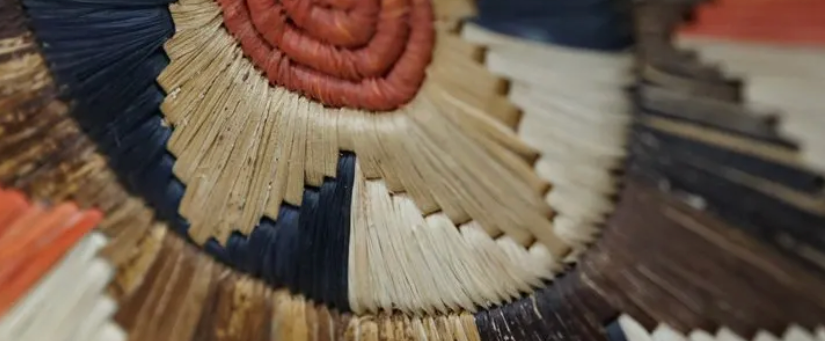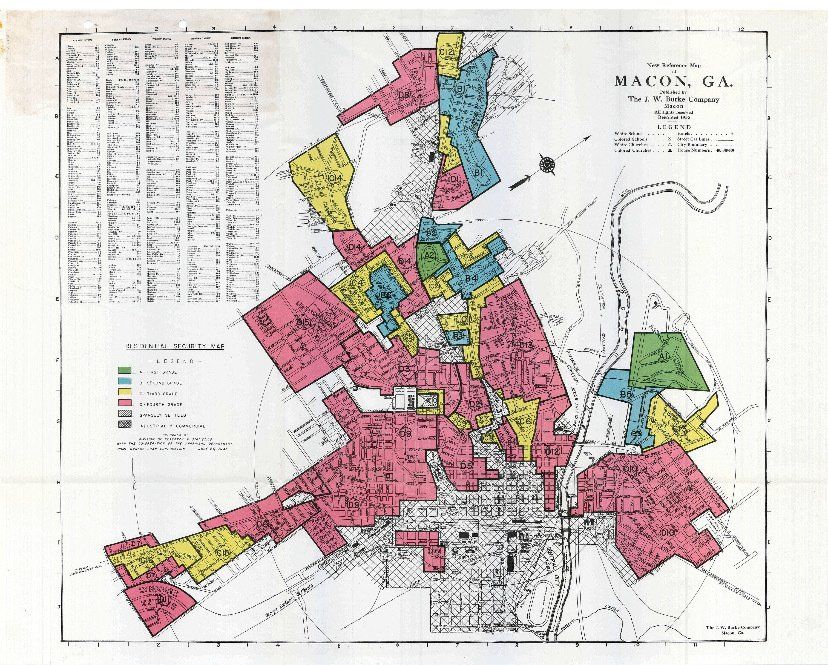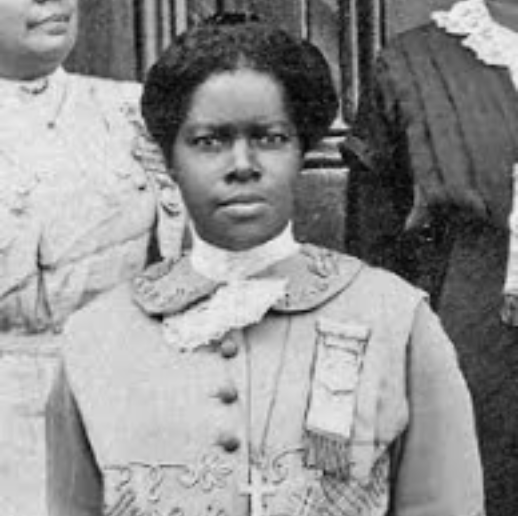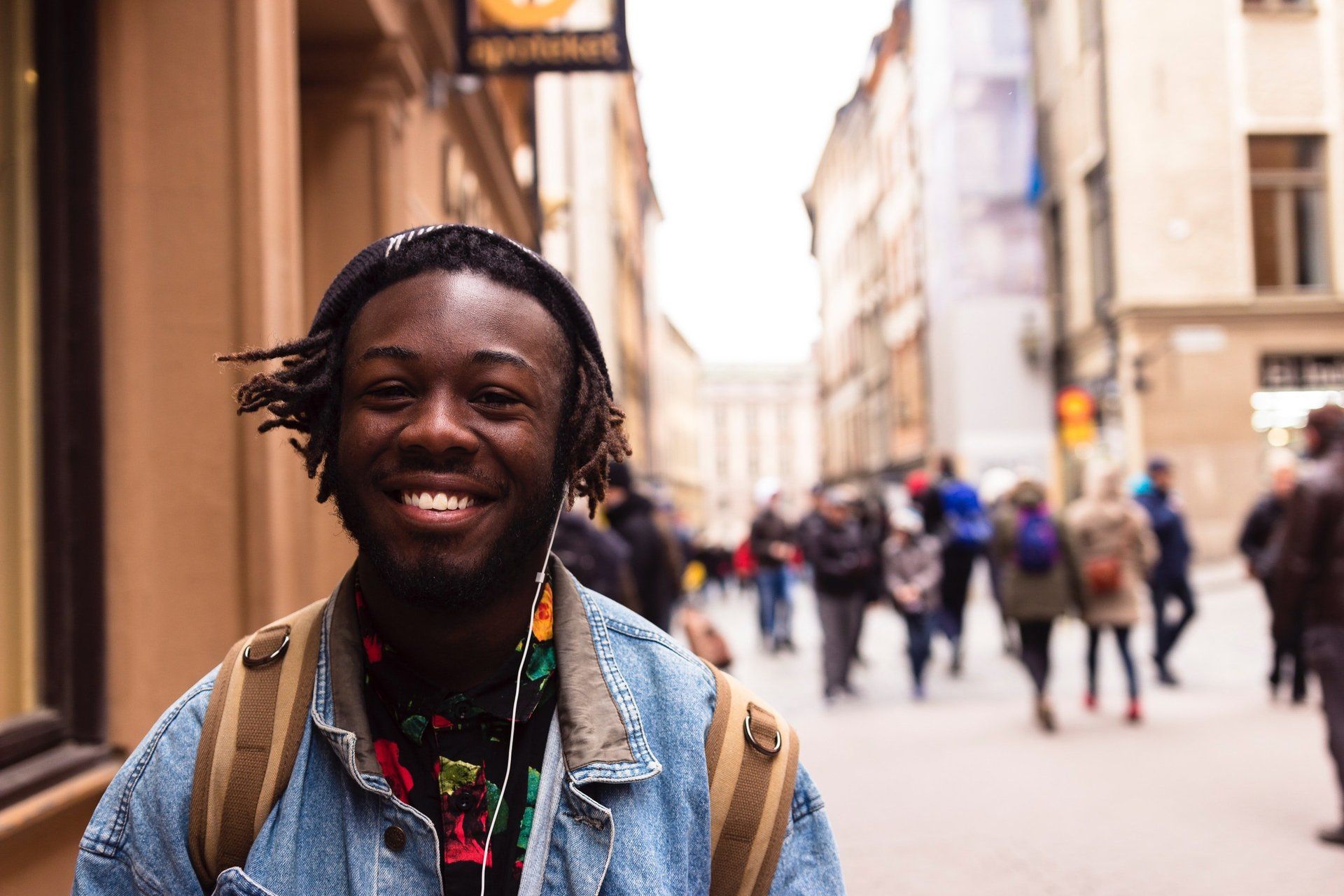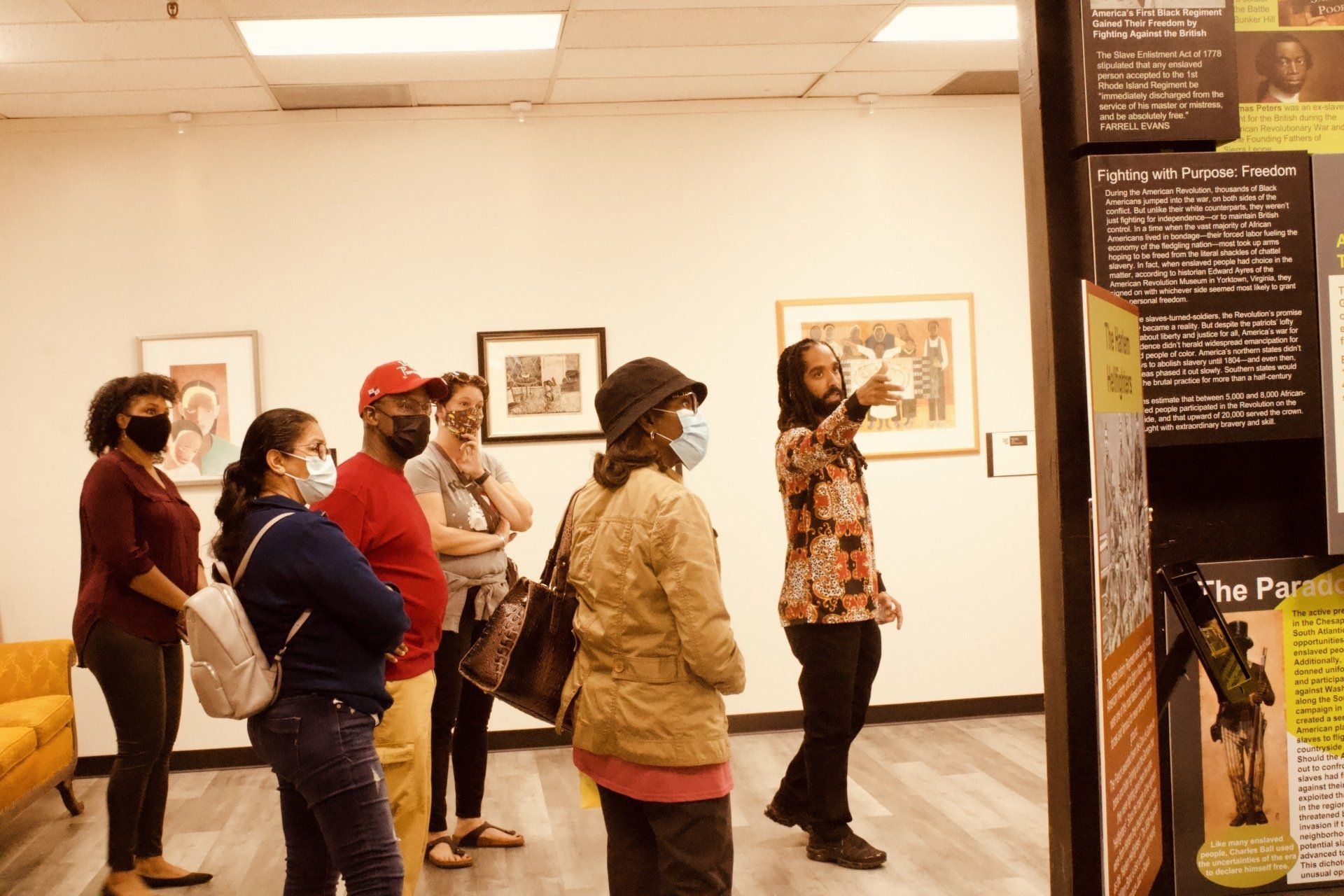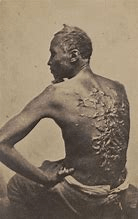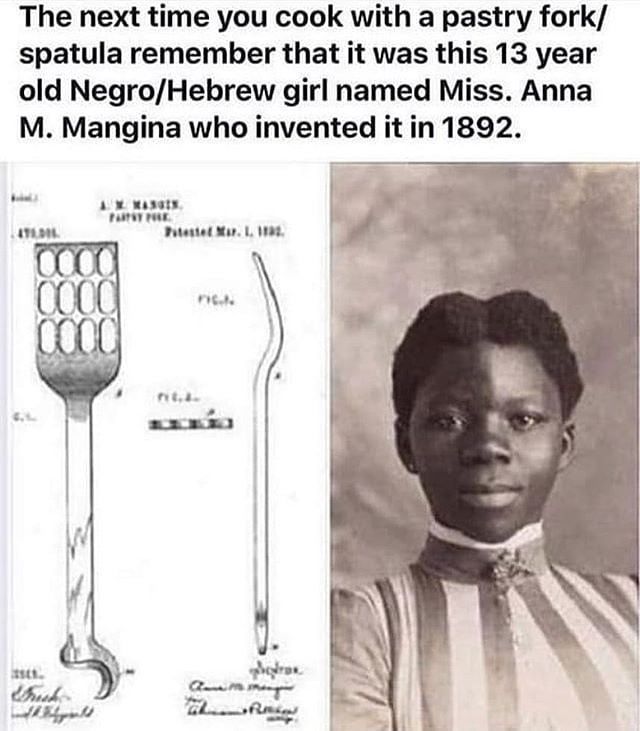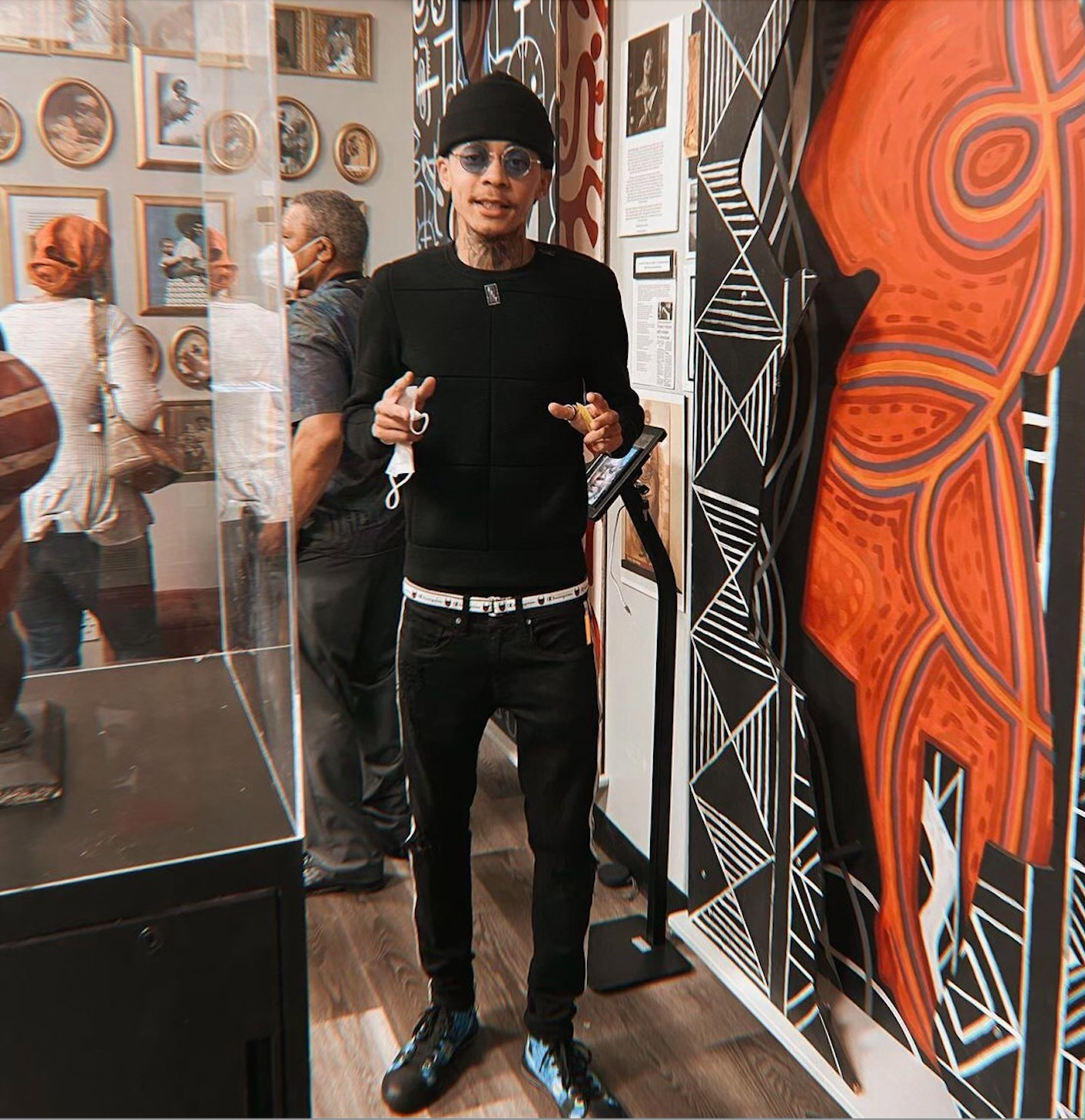Artist Highlight: Ongell
"My vulnerability to darkness and the things that I’ve experienced in my life within these last few years have allowed me to really blossom in a way that I didn’t think would happen for me."

On June 24, 2021 I had the pleasure of interviewing the artist Ongell and learned about her journey from a young artist to a grown woman and how her life experiences have shifted her artistic path
-Naya Douglas
How old were you when you got into art?
My oldest memories of art for sure were adolescence, I’d say maybe around 6 years old. Some of my oldest memories were I had gone to this Methodist church here in Sacramento and Sunday school was the best experience ever. There were so many things they had us doing as far as the arts and so that’s where I would say I fell in love with art. I also remember with coloring books I wasn’t coloring I was mostly tracing. I, along with my parents, realized then that I was a little more advanced with drawing than like the average 6 or 7 year old.
You mentioned that you got into art through church. Was there anything specific that drew you to art?
I think for me a main part of it was due to the way I grew up. My father is Nigerian and the culture is very strict and so with art I found myself able to express what I felt like I wanted to express at home. I was able to find freedom in art and express my emotions and kind of get away in a sense. Growing up in a Nigerian household there were a lot of things you couldn’t say and I think now seeing people grow up and some of the things they’re able to say at home or to their parents just blows me away because I wasn’t allowed to so being able to be creative really helped me emotionally.
Who would you say are some of your inspirations or favorite artists?
I don’t really think I have any favorite artists per say, it’s more of a love for art overall. I find something that I enjoy in every piece of art that I see whether it be a painting or poetry or a book someone wrote. I’m really blown away by writers and the way that they think. I think what inspires me is being able to get lost in other people’s art. When I look at another person’s art I’m not really drawn to who the person is but more so what’s on their mind. I look at things and I’m like “How in the heck did they do that?” or “How long did that take?” or “What were they feeling?” or “What led them to start this?” or “Where did they start?” or “How did they know when to end that piece of art?”
I think the only artist I was really inspired by was Picasso. I had learned that he made 250,000 art pieces in his lifetime. It's so inspiring to know that Picasso was able to live his entire life doing what he loved and that he made a lot of money at the same time.
How would you describe the type of art that you do?
I think my art...incorporates a number of different styles. There definitely is a sense of expressionism, which is sort of like a picture being distorted and it expresses the artist’s most innermost feelings. My work is not a picture being distorted but expressionism in the sense of expressing my innermost thoughts or ideas. Some of my art has a lot of hidden symbolism and abstract. I try to touch on a lot of different things.
Again my father was Nigerian so being an artist was not something that was accepted. It was more of you need to be a nurse, you need to be a teacher, etc. And it’s not that my father didn’t recognize that I was creative, it's just the culture. So not having access to the type of support that would’ve provided all of these tools, such as acrylics, it allowed me to create at the lowest means which was an advantage for me because once I got older and financially was able to afford all the tools I needed I found I was able to do a lot of different techniques. The inability to put my hands on tools at a younger age moved me naturally into a realm of different styles. And I don’t want to take credit and say “Oh, I’m just this talented at everything” it just happened to be and that was one of the things that led me to the artistic path I’m at now.
You’ve talked a lot about your life when you were a child. How have other experiences impacted the type of artistry that you do?
One thing about artists is that we’re highly sensitive people. Just about everyone I know that’s an artist is extremely sensitive. We're sensitive to other people's emotions which is a good thing. It’s able to come across in your paintings but there’s also a flipside to that. You are also very vulnerable to darkness and sorrow which sometimes goes unnoticed so it keeps an artist feeling very isolated or lonely. I know a lot of artists who talk about how they don’t feel like they fit in.
My vulnerability to darkness and the things that I’ve experienced in my life within these last few years have allowed me to really blossom in a way that I didn’t think would happen for me. I don’t want to say too much because I do have plans on writing a book. I’ve reached an area of my life where I’m really comfortable with being more transparent about my experiences. Right now some of the pain that I’ve experienced, some of the hurt, some of the joys, I’m able to bring across in my paintings.
How has your work evolved overtime?
I think just evolving from a girl to a young woman to a woman. I know back when I was younger it was more cartoon characters and you know just more meaningless, pointless sketches. For me, I was only really able to focus in school if I was sketching. Most of the time I was getting in trouble for that because most teachers are just arrogant to the mind of an artist. They didn’t understand that if I’m sketching I’m really listening. If I’m looking directly at you while you’re lecturing, I’m not listening to anything you’re saying. When I look back at all those little sketches to where I am now I really, really have evolved with the type of things that I draw. The depth, the time, the emotion that’s coming across and wanting for anybody to take something away from it instead of just having these pointless drawings that were just a release of creativity.
Speaking of taking something away from it. What is something you would want someone to take away after seeing a piece of your work?
That’s a good question. I think when we create, artists always have something in mind but I think what’s more important is what the person viewing that art thinks. What they take away from it matters more than what I was feeling at the time. Everyone looks at something and they take away something different. Everyone’s different. They see different, feel different from everything that you create. Overall I can only hope that no matter how deep or dark a painting may seem, no matter how colorful or vibrant and full of joy a painting may seem, people are just able to relate in some sense. I recently had a friend of mine recently give me some feedback on a piece of mine and what I heard from her let me know that I’m not as alone in my experiences as I thought. To sum it up, that's really what I could hope for is that people relate to what I’m painting whether it be something they’ve experienced or something they know of someone. That would make me happy.
During your speech at the grand opening you talked about a type of technique/style, I believe it was Japanese. How did you learn about this type of style and what drew you to use it for your own work?
I know what you’re talking about. It’s called Kintsugi. It’s a Japanese form of art where they take broken pottery and instead of discarding it they put it back together by mending it with silver or gold. These pieces turn out absolutely beautiful and to me they are even more beautiful than they were originally. Most people know, or at least I hope they know, that I am a sexual assault survivor and I had found the courage to go through recovery which is something I encourage. Separate from art, I truly encourage people who have experienced that to seek help and to take the first step to recovery because it does make a difference. During my recovery I had learned about Kintsugi and I was able to see myself in that form of art. I saw myself being that person or that piece of pottery that was shattered into so many different pieces and really those shattered pieces are what made me beautiful. It really touched me and stuck with me and inspired me to make the piece that’s located in the Sojourner Truth African Heritage Museum.
What would be a goal of yours when it comes to your work? I know you talked about how you’re at a place to write a book but what would you like to see as far as your artwork?
I would like to see myself evolve in an area of not feeling like I have to be so perfect. That’s hard for me. A piece of mine titled “Sister Secrets” (see image above) was a little challenging for me because the figures look real but then they’re animated as well so that was hard for me because I’m so used to making everything look so perfect. I think the more I grow within myself and I become more comfortable within myself it will become easier to not sort of obsess over the tiny details. With therapy I’m starting to really branch off into trying different things I’m not used to and just taking more risks and hopefully that will travel over to my art as well. I’m always inspired by artists who are able to take risks and for me that’s something I’m afraid of. I think for artists it really does relate to your own life and the things you’re able to do on canvas. I’m really looking forward to that within the next coming year and pieces I’m working on right now.
Do you hope to pass down your love for the arts down to your children?
I do. I spend a lot of time painting with my children and my son has even expressed to me that he’s interested in photography. With your children you just never know what they’ll be interested in and so I don’t want to steer them either way. If they don’t have a love for art I want them to have a respect for art more than anything. Respect the artist, respect for the time that goes into these pieces of art, and respect for the mindset of an artist. Right now my daughter is painting with me and so you just never know but I definitely do expose them to what I’m doing and give them opportunities and see if there’s any talent or interest there. If not then I want them to grow up with an open mind and have a respect for everything. Art, music, poetry, writing, dancing, all of it. It takes a creative mindset and it takes a different type of person to be able to reach other people through the arts.
Instagram: artistic__loner
https://www.bonfire.com/store/yah-bless-apparel/
